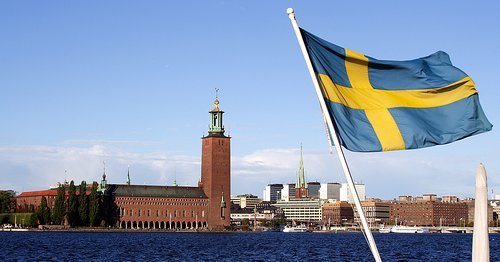The ambitions for the environment and the lasting development of Europe are not new news, but are taking more and more place in the politics and strategies set up by the European institutions. Even better, today it’s a matter of setting up ambitious politics more on a regional basis than a local one.
A local strategy rendered necessary for the urban development.
With more than 258 metropolises, with more than 250,000 inhabitants and 80% of Europeans living in cities, it seems perfectly logical that the actions are more led to a local level. In fact, the urban explosion in Europe which had started in the 19th century hasn’t stopped increasing, bringing about numerous causes of environmental damage. Road traffic intensification, sound pollution increase, waste and waste water should be the subject of management becoming more difficult to run. The amount of CO2 in the air is increasing at a crazy rate, bringing about inevitable damage to the quality of air. More than half of gas emissions of the greenhouse effect are generated by and within the cities. At the moment, there are as many air-quality indices as there are European cities. The project Citeair (Common Information to European Air) has been set up in order to keep these indices homogenous. Moreover, by giving them the same scale, it is a way of comparing the cities with each other. As long as one takes into consideration the most problematic pollutants of big cities, like nitrogen dioxide (NO2), ozone (O3) and particles (PM). It seems that the cities that have the least polluted air (index between 0 and 24) are La Rochelle, Poitiers, Niort (France), Karlsruhe (Germany) and even Prague (Czech Republic).
A multifaceted local strategy
There are many different ways of giving European cities a dominating place in the environmental ambitions of the European Union. By the subsidiary principle, which the European Union applies, the urban centres play an important role and are from now on, key actors for the improvement of the environment since the principle allows them to, at the same time, put together the Community objectives to be reached as well as their personal ambitions. In 2006, the thematic Strategy for the urban environment was set up and states clearly its ecological ambitions. Following such a first strategy, and under the influence of Jüri Ratas, former mayor of Tallinn, from 2008, numerous European cities can run as candidates to be “Green European Capitals”. The objective for this prize is to reward a model city as far as the environment is concerned, endowed with strong politics in the matter, making use of programs regarding lasting mobility, good waste management, research in renewable energy and environment improvement. Today, 40 cities, out of which 21 capitals, sustain this project. For 2010, Stockholm has been awarded green capital by the jury, and for 2011, it’s Hamburg’s turn.
In 2009, the Union asked for thirty European cities to experiment in green technologies in the framework of the Planned Strategy for European Technologies (SET). The Union has given as an objective the reduction of gas emissions of the greenhouse effect of 20% by 2020, the plan SET aims to carry out the best cooperation in a regional and local level to promote innovation in green technology matters, notably by the development of wind and solar energies, the capture and storage of CO2 and electrical networks. Moreover, the plan favours the research and the setting up of work groups to promote energy technologies. The last facet of this local strategy is very recent since it speaks about the signature of last May of the “Mayor Convention”, in which the mayors of more than 500 cities in Europe should take the commitment of economising energy, increasing renewable energies and making citizens aware of the environment. During the European Week of lasting energy, the energy commissioner, Andris Piebalgs has announced his wish of setting up such a convention. Numerous cities, from now on, are getting involved, notably Brest, Chamonix, Metz, Caen and Chambéry in France, Munich for Germany, Aberdeen in Scotland for Great Britain and many numerous cities in Italy and Spain.
Giving cities an important place in environmental politics of the European Union shows good political sense. Dynamics this close to the citizens will help make them aware that ecology and lasting development from now on, are pillars of numerous European and national policies.



Follow the comments: |
|
